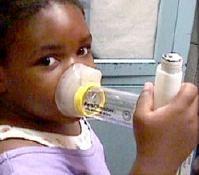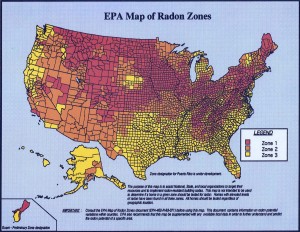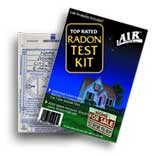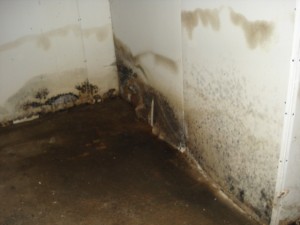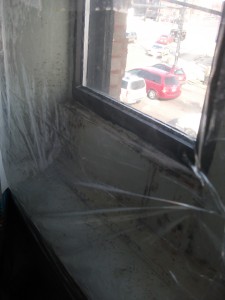What is asthma?
Asthma is a chronic disease of the lungs that makes it very difficult to breathe. The small and medium airways swell and fill with mucus when they come into contact with certain environmental allergens. In some cases, asthma can cause death. Asthma cannot be cured but it can be controlled through medications and cleaning up your environment.
What allergens found in the home can cause asthma?
Dust mites are a common allergen that can trigger an asthma attack. Dust mites can be found in carpets, drapes, overstuffed furniture, and bedding and the result of poor air sealing of windows and doors can allow outside dust into the home.
Other common household hazards that can trigger asthma attacks are:
* Leaking plumbing and roofs; water damaged areas
* Poor ventilation in bathrooms and kitchens
* Basements and crawlspaces without proper drainage or moisture control
* Infestations of cockroaches, mice and rats can cause allergic reactions
* Extreme temperature shifts, either hot or cold, can trigger asthma attacks
Many of these conditions are violations of the building code. Learn how to enforce your right to a healthier home here.
Does the landlord have to provide heat and air-conditioning if I have asthma?
The landlord must provide heat from heat September 15 – June 1. The landlord must maintain the following minimum temperatures:
68 degrees from 8:30 am to 10:30 pm
66 degrees from 10:30 pm – 8:30 am
The landlord is not required to provide air-conditioning.
Learn more about Healthy Home Healthy Child: The Westside Children’s Asthma Partnership
Get more information about city-wide data via the Chicago Health Atlas
